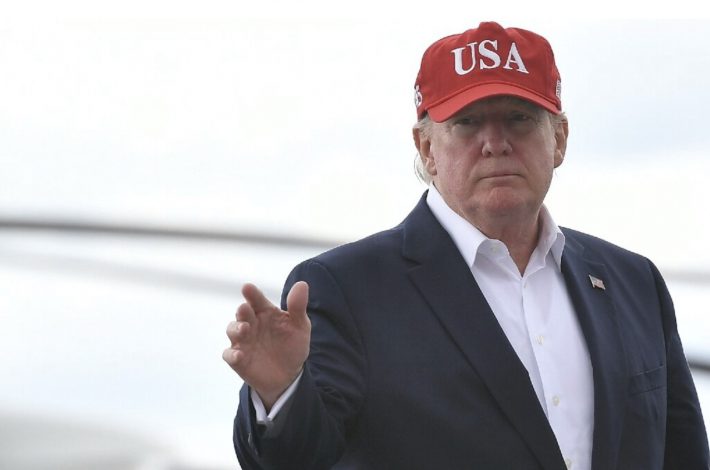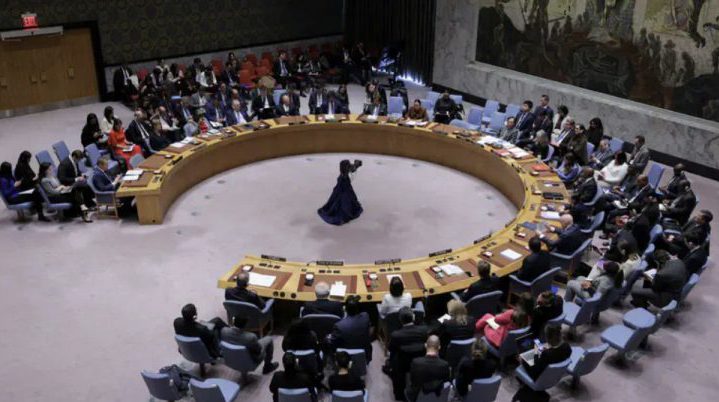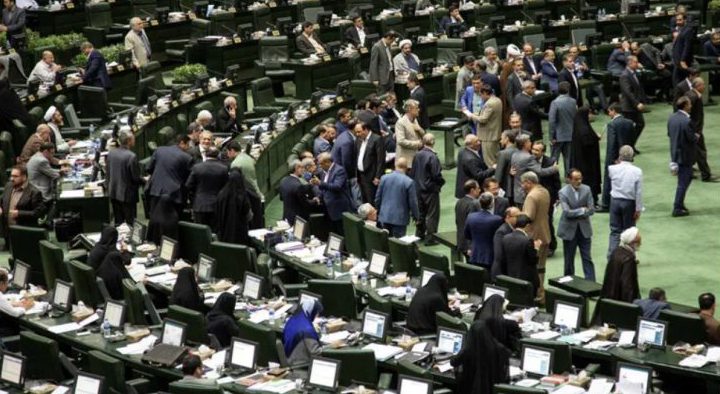A federal appeals court ruled Donald Trump exceeded his authority by slapping sweeping tariffs under emergency powers, casting doubt on his trade agenda and fueling fears of higher US prices.
President Donald Trump’s claim of virtually unlimited power to bypass Congress and impose sweeping tariffs has suffered a major legal setback.
On Friday, August 29, 2025, the U.S. Court of Appeals for the Federal Circuit ruled 7-4 that Trump went too far in using national emergency declarations to justify tariffs of up to 50% on U.S. trading partners and baseline levies of 10% on almost every other country.
The ruling upheld a May decision by the U.S. Court of International Trade, which found Trump’s April 2 “Liberation Day” tariffs unconstitutional. However, the appeals court stopped short of striking them down immediately, giving the Trump administration time to appeal to the Supreme Court.
Why Trump’s Tariffs Were Struck Down
- Trump invoked the 1977 International Emergency Economic Powers Act (IEEPA), declaring America’s trade deficits a “national emergency.”
- He also cited border security and drug trafficking as justification for tariffs on Canada, Mexico, and China.
- Judges ruled Congress never intended to give presidents unlimited tariffing authority.
By contrast, Trump’s lawyers pointed to Richard Nixon’s emergency tariffs in the 1970s, which courts upheld under the earlier 1917 Trading With Enemy Act. But the court rejected the comparison, declaring Trump’s tariffs beyond the scope of presidential power.
The Fallout for Trump’s Trade Agenda
The decision imperils Trump’s aggressive trade policy:
- Countries like the UK, EU, and Japan accepted lopsided deals under Trump’s tariff threats.
- Others, like Laos (40%) and Algeria (30%), were slapped with punishing levies this month.
- If the tariffs collapse, the US Treasury could face refunding $159 billion in collected duties, which officials warned could mean “financial ruin.”
Trade analysts say the ruling could embolden foreign governments to resist Trump’s demands, delay implementation of deals, or even renegotiate terms.
Economic Pain at Home
Despite campaign promises to “make America affordable again,” Trump’s tariff war has driven up costs. Groceries, electricity, and household goods have all climbed in price, squeezing low- and middle-income families hardest.
“Instead of lowering costs, these tariffs risk making America unaffordable again,” critics warn, noting that Trump’s policies have rattled markets and fueled uncertainty.
What’s Next?
Trump has vowed to fight to the Supreme Court, declaring on his social media platform:
“If allowed to stand, this Decision would literally destroy the United States of America.”
While Trump still has tools under the Trade Act of 1974 and Section 232 of the Trade Expansion Act of 1962, those laws limit tariffs and require Commerce Department investigations — constraints that could blunt his trademark “shock and awe” trade strategy.
For now, the ruling is a stinging reminder that even a president who calls April 2 “Liberation Day” cannot unilaterally declare war on global trade.





